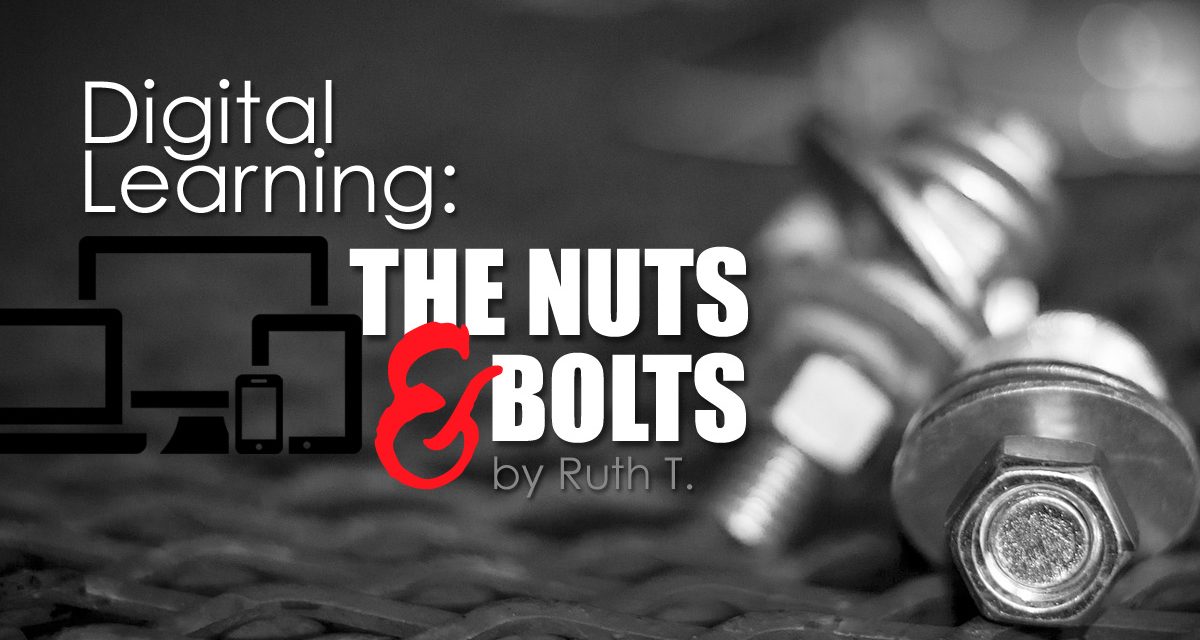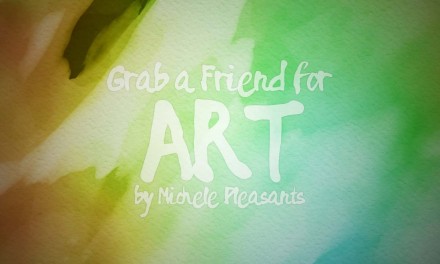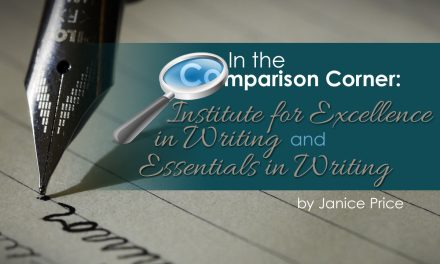We live in a digital, Internet-based culture, when we as parents, hear, “digital learning”—particularly since Covid19—we tend to envision an app, a tablet-based product or completely virtual learning. We expect it to be all inclusive, do all the instructing, assigning and the grading.
Plug it in and learn—if you will.
But — homeschool digital options are much more multi-faceted. Homeschool digital products are designed to work with individuals and small groups rather than a large classroom, designed to come alongside and assist teaching rather than replacing it. Format options, usage, and results can vary greatly from one publisher to another. To further complicate decision making, digital options are changing at a rate that may make them obsolete from one child’s use to the next. So, determining what digital option to use in your homeschool—or even how best use it—is not a cut and dry decision.
The Pieces of the Puzzle
Digital options fall into 7 basic categories. Some curricula might opt to use just one, or they might implement multiple types in various combinations. And, they might be included as part of the student or teacher materials—or both.
Let’s examine these options from the simplest to most complete.
Audio: recorded material or texts.
Some kids process best as they hear. Some types of information (such as foreign language or stories) are better retained by hearing. An audio text might help struggling readers. Maybe you’d like those tough-to-pronounce biology words articulated. An audio text might provide multitasking opportunities (audio book while riding in a car). Some programs incorporate memorizing by jingles or chants.
Audio formats include: CD, MP3 CD, flash/thumb/USB drive, or download/stream.
Some Examples:
Audio Text: Story of the World.
Audio Book: Shurley English, or Circle C.
Learning Chants & Songs: Lyrical Life Science, or Shurley English.
History-based Curriculum: History Revealed.
Printables: supplements or necessary components that require printing to be used.
Add a computer and printer; you have the resources you need. Printables fit easily into a traditional teaching model of workbooks or textbooks. Think worksheets and practice activities. Often, printables will provide assignments or age-oriented projects or activities. These might also include fillable PDFs that can be printed after the students have entered their work. Printables can provide an economical option for repeatedly assigned activities –those used throughout the year or intended for multiple students. Of course, make sure you consider the costs of additional ink, paper and other resources needed.
Printable Formats include CD, CDROM, DVDROM, flash/thumb/USB drive, or download.
Some Examples:
Teacher Companion Materials: Young Scholar’s Guide to Composers or Giggly Guide to Grammar.
Supplemental activities: lapbooks or Exploring the Holy Land.
Unit studies: History Through the Ages or Galloping the Globe with CD.
EBooks: an electronic version of a print book read on a computer or device.
EBooks provide a portable, space-saving option. They are versatile and convenient: change font for easier reading; save physical storage space; take books on the road. However, there are potential drawbacks. Research is inconclusive on the effects of digital reading on children. The device itself may offer tempting diversions (like games or Internet access). If you like to resell texts, most eBooks are not resellable and some of them even have expiration dates (or subscriptions).
EBooks can be used on commercial devices and apps or may require their own specialized app.
Some Examples:
Supplemental Courses: Great Explorations in Editing
Digital options of hardcover editions: Purposeful Design’s Spelling, or Master and His Apprentice.
Children’s books: LLATL 2nd Grade Readers.
Apps: an application (program), usually downloaded to a mobile device or on Windows 10.
At present, most apps for home education are supplemental, used to reinforce or provide practice in key skills. To be considered a full curriculum requires instruction and practice/evaluation. Apps can also provide technology to introduce digital skills or enhance a learning activity. These will be downloaded to your digital device.
Apps require a device, may require regular Internet access, and may charge an initial download or regular subscription fee.
Some Examples:
Reading Apps: Sounds and Letters.
App-Based Projects: Hey Clay, or LEGO Top Gear Rally Car.
Instruction only: digital items that teach the subject.
As a teacher, you might need additional support or knowledge in a specific subject. Digital instruction can assist by offering remedial, supplemental, or even full instruction: the next best thing to hiring a tutor or teacher! These instructors might provide a different perspective, or expertise in that area.
These digital items will provide instruction in combination with tangible books or workbooks and might also include multi-media.
Instructional Formats can come on CD, CDROM, DVDROM, flash/thumb/USB drive, or download/stream.
Some Examples:
Remedial instruction: Mastering Essential Skills.
Skilled instruction: Pre-Calc, Breaking the Spanish Barrier, or Mastering Algebra.
Specialized Topics/Skills: Biology labs or Sacred Music.
Platform: An operating system that interfaces with digital educational—providing anything from a portion of to a full course. It may require hardware (such as a flash/thumb/USB drive) or an operating system, web browser, or similar interface that is accessed on a computer or portable device. Platform options can accommodate courses where the teacher’s material is multilayered, expensive in tangible form, or perhaps initially designed for a brick-and-mortar classroom. Still, they are designed to help you (as teacher) do the main teaching. Typically, platform-based digital options will include a multitude of resource options for the teacher. They might also include student components or supplements to select from, such as video, fillable forms or printables, tests, or reinforcement materials.
Platforms often work alongside a tangible student text or worktext.
Platforms are usually initiated via an email link and are accessed via Internet access.
Some Examples:
Full Courses with paper student texts: Envision Math, Reading Street, or Elevate Science.
Complete course: (student, teacher, instructional material, potential supplements) are accessible digitally; student responses may also be submitted and graded digitally. Some courses may require teacher administration or grading.
Complete courses might use apps or even CDROM. They may require a complete download or online streaming and may require consistent Internet access.
Some Examples:
Online courses DIVE Science Courses or Math without Borders Geometry.
These are current digital options available at time of writing. Be prepared for digital education to expand and become more sophisticated. While the options are diverse and may or may not be the best for your student, remember that you get to choose what works best for your family, life, and situation. Consider using our F.A.M.I.L.Y. Factors handout to help maneuver your way through digital education. ~ Ruth





